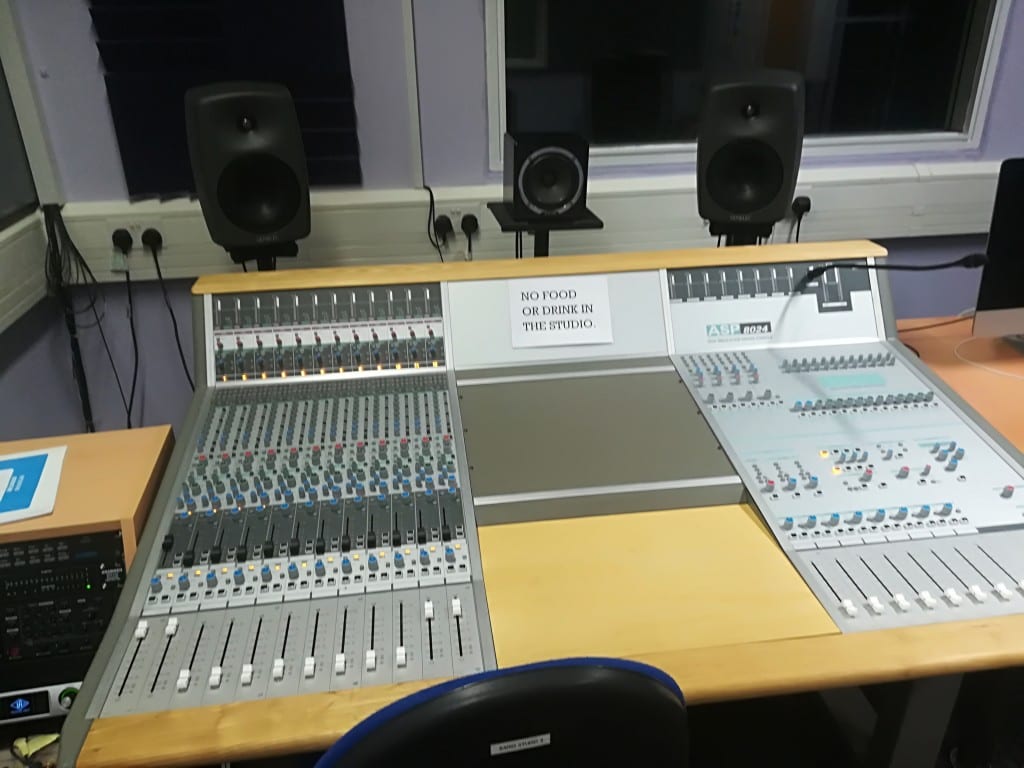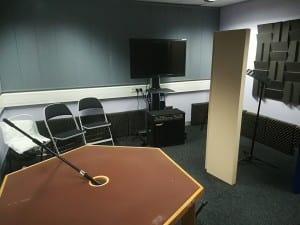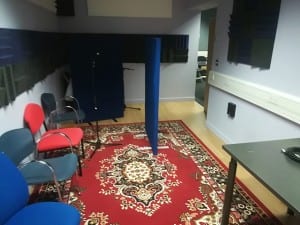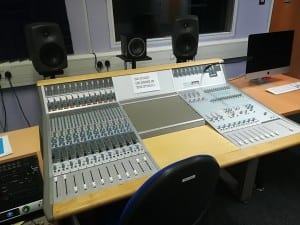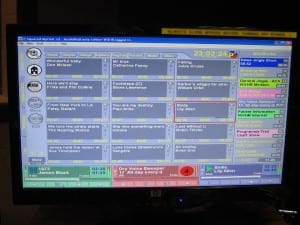To produce the podcast
Software
We used the RadioLogik software to play out our clips as nothing else was free and available for Mac. The software wasn’t overly complex to use as I was able to just drag in our clips from an ITunes playlist I had created earlier. The software used two playout carts where you where able to alter volume, and the speed of playing the clip. The only issue I did encounter was that as it was free it would after thirty minutes make you wait for a minute to reactivate it and encourage you to pay for the software.
Audition
To get the clips I used audition routed through a piece of software called soundflower which allowed me to record my speaker output through audition meaning I could play the clip then edit it to the correct length in audition.
Pro tools
This is the DAW (Digital Audio Workstation) software we recorded the audio into via the studio desk and was also what we used to edit the piece into the final mix down. This was because both me and James own a copy of Pro Tools meaning the editing process was a lot more streamlined and as a result was much easier as we both knew what we were doing on it.
